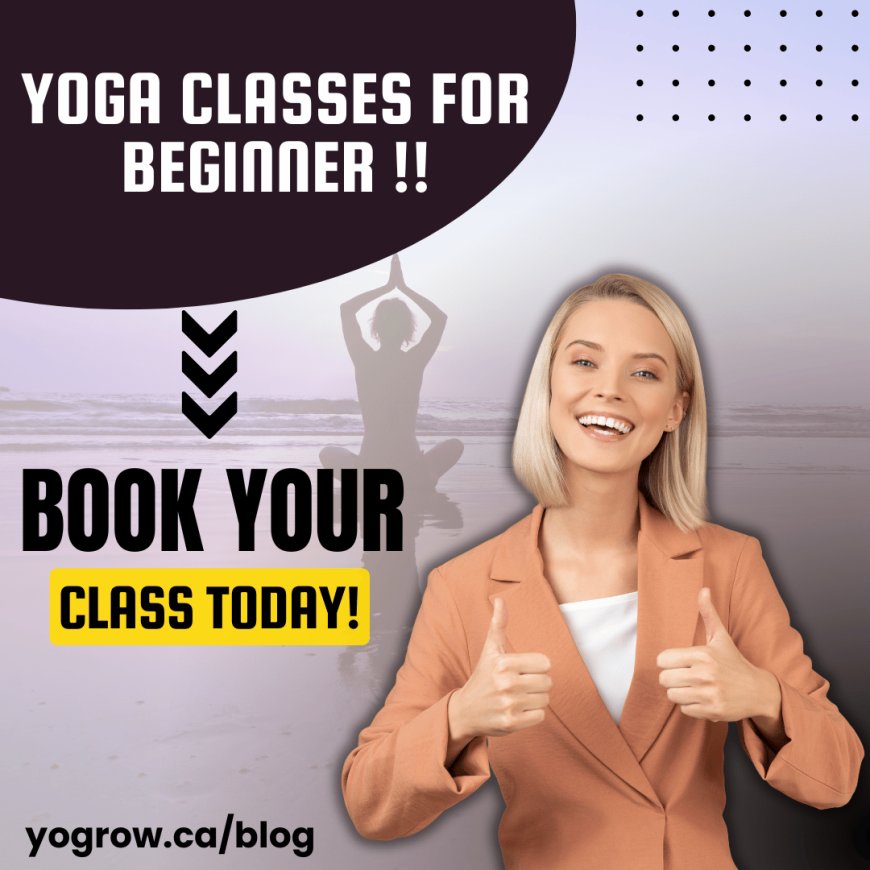Breath-Connected Movement in Yoga: Flow, Balance & Harmony
Discover the power of breath-connected movement in yoga to enhance mindfulness, flexibility, and inner balance. Sync breath with motion for a deeper practice.
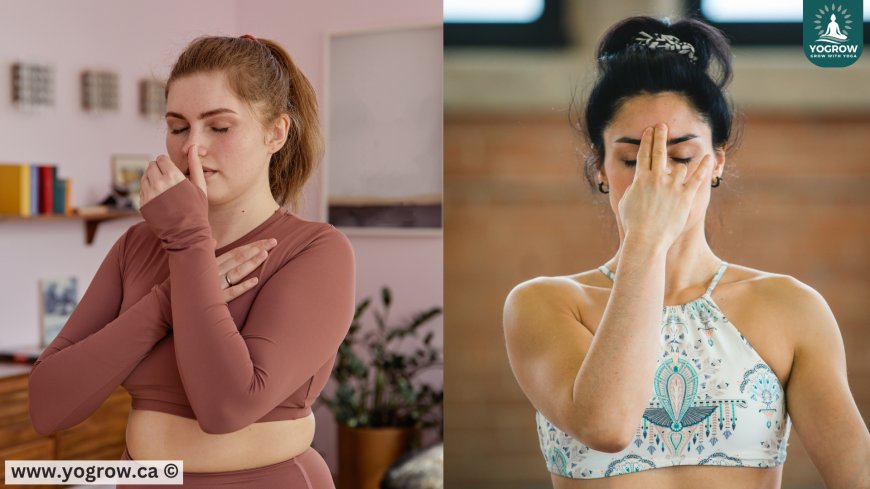
Breathing is more than just an involuntary function; it’s an integral aspect of yoga that transforms physical movement into a meditative, healing experience. When we consciously synchronize our breath with movement, we create a deeper connection with our body and mind, allowing for a more fluid, intentional, and transformative yoga practice.
The key to mastering breath-connected movement lies in understanding the distinct qualities of inhalation and exhalation. Inhalation is associated with expansion, upliftment, and nourishment, while exhalation embodies cleansing, releasing, and contraction. Learning to align movements with these natural qualities can lead to a more harmonious and balanced practice.
The Importance of Breath Awareness in Yoga
Breath awareness is the foundation of any yoga practice. Conscious breathing enhances focus, improves circulation, and promotes relaxation. When breath is seamlessly integrated with movement, it helps create a state of flow, where movements feel effortless and natural. Additionally, breathwork in yoga has been shown to reduce stress and improve overall well-being. Learn more about breathwork’s impact on stress management in our guide: Mastering Breathwork in Yoga for Stress & Well-being.
By consciously working with the breath, yoga practitioners can develop greater control over their body, enhance their endurance, and deepen their meditation practice. Whether you’re a beginner or an advanced yogi, understanding breath-connected movement will elevate your yoga experience.
Types of Breath-Connected Movements in Yoga
In yoga, breath guides the rhythm of movement, allowing for seamless transitions and enhanced mindfulness. Here are five key types of breath-connected movements that help create fluidity in your practice:
1. Lifting and Lowering
Movements that involve lifting the body align naturally with inhalation, while lowering actions are best paired with exhalation. This simple yet powerful coordination brings a sense of lightness and ease to yoga postures.
Example:
-
Inhale as you raise your arms overhead in Urdhva Hastasana (Upward Salute).
-
Exhale as you lower your arms back down to your sides.
-
Inhale when lifting into Utkatasana (Chair Pose), and exhale as you return to standing.
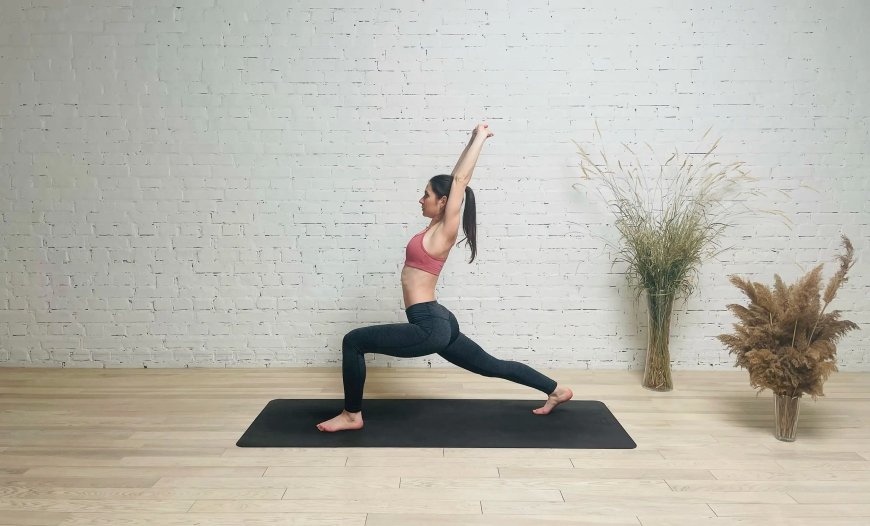
2. Opening and Closing
Inhalation supports movements that create space and openness, whereas exhalation facilitates drawing inward and closing actions.
Example:
-
Inhale as you open your arms wide in Warrior II (Virabhadrasana II).
-
Exhale as you bring the palms together at your heart in Anjali Mudra.
-
Inhale when expanding the chest in Bhujangasana (Cobra Pose), and exhale as you release down.
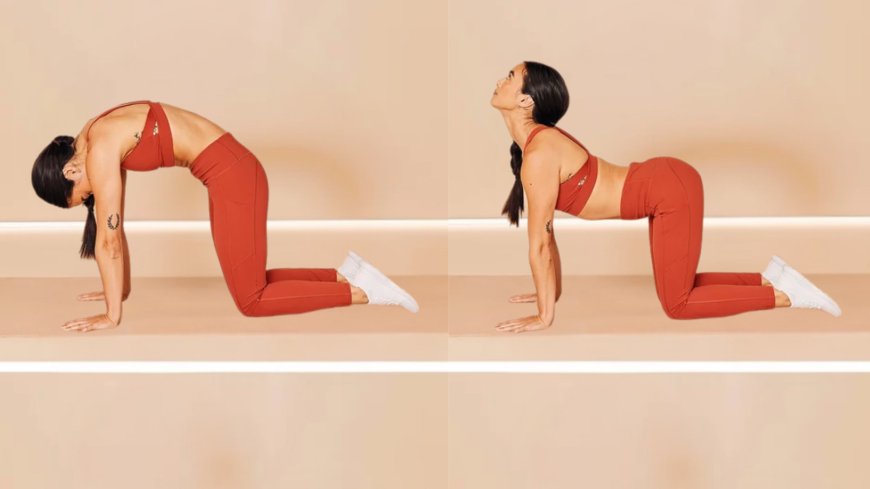
3. Releasing and Engaging
Exhalation naturally supports muscle contraction and engagement, making it ideal for stabilizing and strengthening movements. Inhalation, on the other hand, assists in softening and releasing tension.
Example:
-
Exhale while engaging your core in Navasana (Boat Pose).
-
Inhale as you relax and release tension in Savasana (Corpse Pose).
-
Exhale to activate the pelvic floor in Mula Bandha (Root Lock).
4. Rotating and Lengthening
Twisting postures benefit from the natural inward pull of exhalation, while inhalation helps elongate and expand the spine.
Example:
-
Inhale to lengthen the spine before entering a twist.
-
Exhale as you rotate deeper into Ardha Matsyendrasana (Seated Spinal Twist).
-
Inhale when returning to a neutral position.
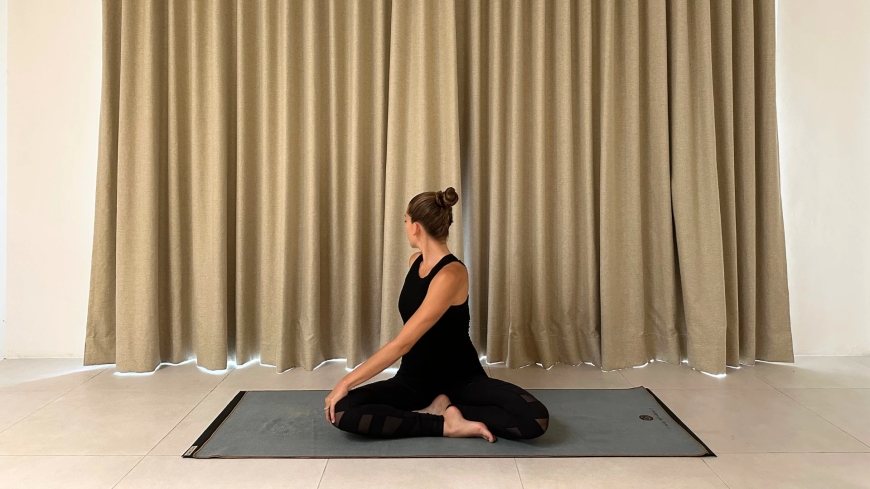
5. Drawing Inward and Expanding Outward
Exhalation encourages internal focus, while inhalation promotes outward expansion and energy.
Example:
-
Exhale as you fold forward into Paschimottanasana (Seated Forward Bend).
-
Inhale to rise back up to Dandasana (Staff Pose).
-
Exhale to round the spine in Marjaryasana (Cat Pose), and inhale to extend in Bitilasana (Cow Pose).
The Science Behind Breath-Connected Yoga Movements
Scientific studies highlight the numerous benefits of integrating breath with movement in yoga. Synchronizing breath with movement:
-
Enhances oxygenation: Improves lung capacity and efficiency.
-
Reduces stress: Activates the parasympathetic nervous system, leading to relaxation.
-
Improves focus: Helps maintain present-moment awareness.
-
Increases mobility and flexibility: Supports deeper postures without strain.
-
Boosts circulation: Enhances blood flow and energy distribution.
The power of breathwork in yoga extends beyond physical benefits. It nurtures mental clarity, emotional stability, and spiritual connection. Discover more about yoga’s transformative effects in our article: The Powerful Benefits of Yoga for Mind and Body Health.
Deepening Your Practice: Breath as a Path to Meditation
When practiced consistently, breath-connected movements create a bridge between physical postures and meditation. By refining breath control, practitioners can enter a state of moving meditation, where the body flows effortlessly, and the mind remains fully engaged in the present.
The synchronization of breath and movement also serves as a foundation for Pranayama—the art of yogic breath control. Techniques like Ujjayi (Victorious Breath) and Nadi Shodhana (Alternate Nostril Breathing) further deepen the meditative aspect of yoga, promoting greater inner peace and awareness.
For those looking to explore the transformative power of breath in yoga, check out this expert-led course: Breath: Transforming Movement into Yoga.
Conclusion: Cultivating Awareness Through Breath
Mastering breath-connected movement in yoga requires practice, patience, and awareness. By aligning movements with the natural flow of inhalation and exhalation, practitioners can create a deeper, more fulfilling experience on the mat. This practice not only enhances strength, flexibility, and mindfulness but also cultivates a profound sense of inner balance and tranquility.
As you continue your yoga journey, pay close attention to how your breath interacts with each posture. With time, breath and movement will become one seamless, meditative dance—guiding you toward a healthier body, a calmer mind, and a more connected spirit.
Embrace the power of breath, and let it lead you toward a richer and more meaningful yoga practice.
What's Your Reaction?
 Like
0
Like
0
 Dislike
0
Dislike
0
 Love
0
Love
0
 Funny
0
Funny
0
 Angry
0
Angry
0
 Sad
0
Sad
0
 Wow
0
Wow
0























